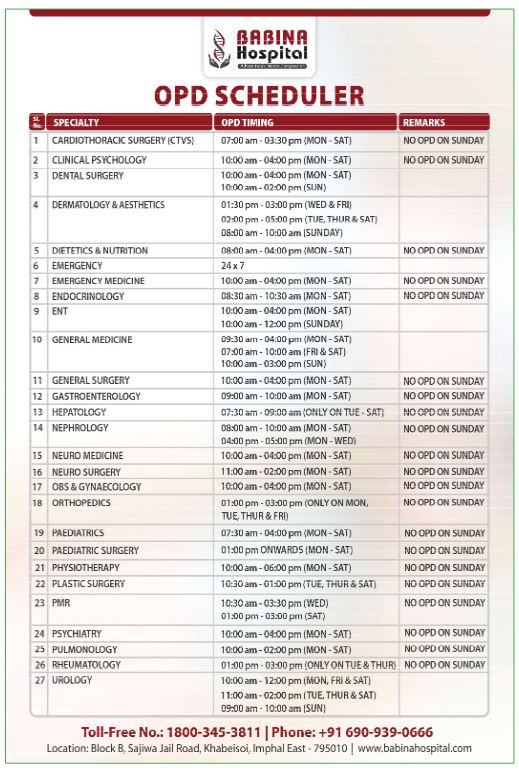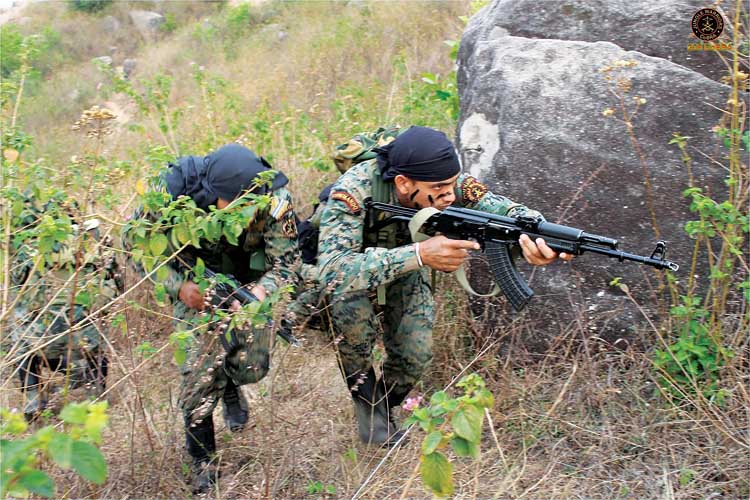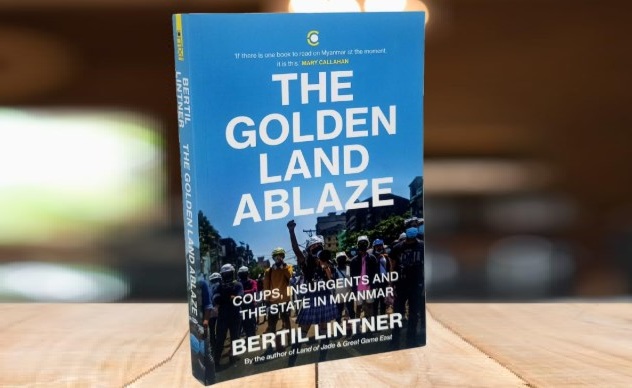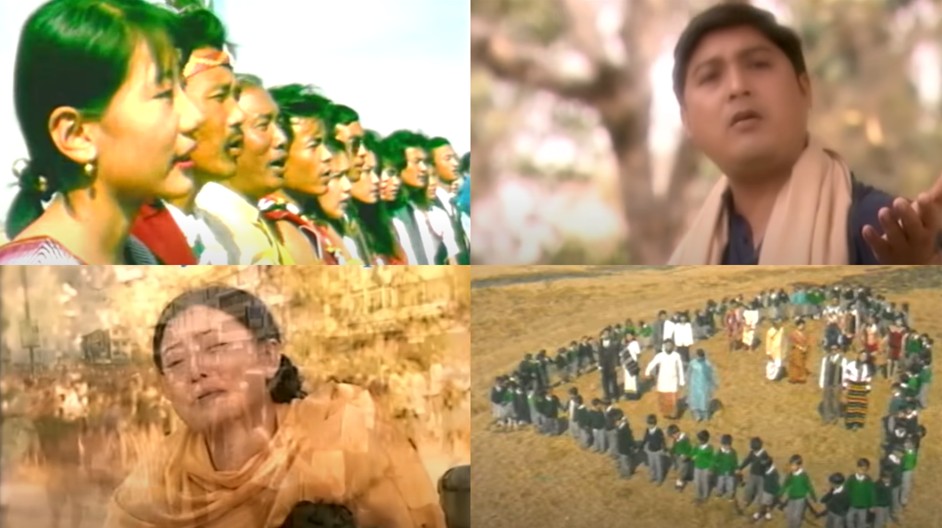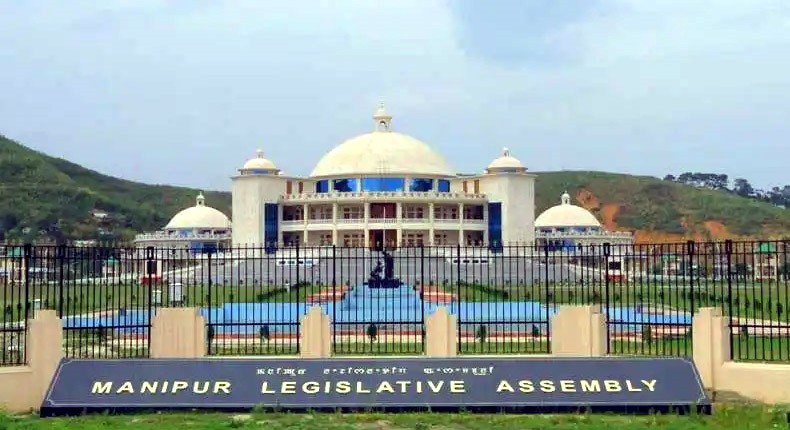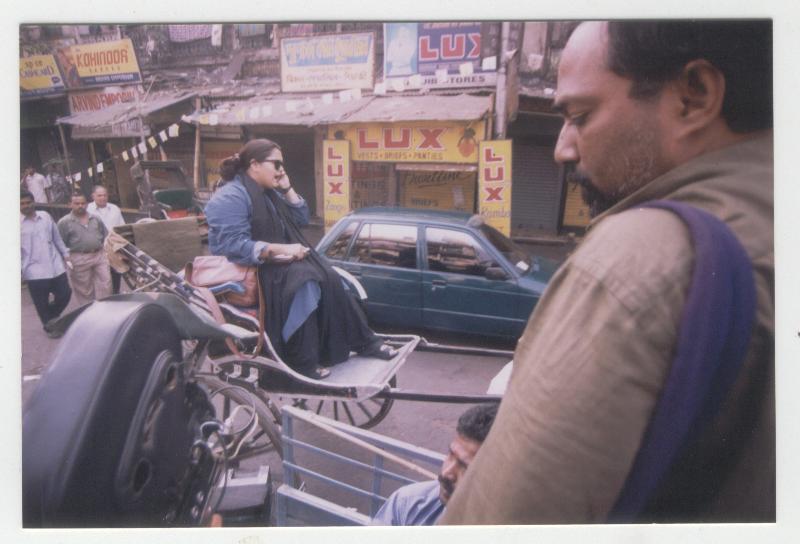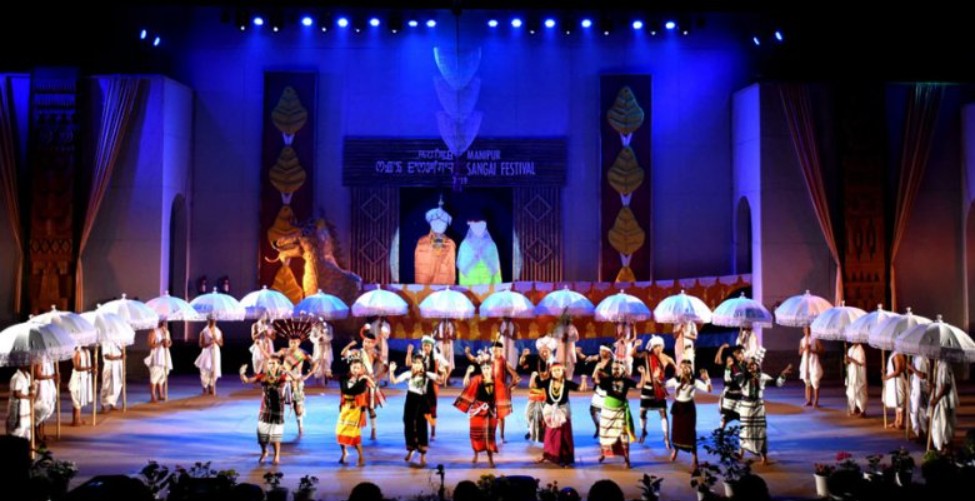The state of Manipur in northeastern India is home to a large number of ethnic groups, each with its own unique cultural identity and historical grievances. These have led to long running insurgencies, and in Manipur over the decades insurgent groups emerged from the Imphal valley based Meitei community as well as the various Kuki and Naga communities in the hill areas of the state.
With the ongoing Meitei – Kuki Zo conflict in Manipur that began in May 2023, the Meitei and Kuki-Zo insurgent movements have garnered significant attention due to their contrasting objectives and perceived alliances. For outsiders, these insurgent movements are often viewed through a dichotomous lens: the Meitei insurgents are seen as a separatist movement seeking to sever ties with India to attain their own soverign state, while the Kuki-Zo insurgents are perceived as pro-Indian government actors who seek to carve out autonomy from Manipur but within the Indian union. Apart from perceptions, there is also a divergence of political approaches, and these in turn are impacting how the ongoing conflict is playing out. But even more importantly, understanding the ground reality and underlying causative factors is essential to finding a durable solution that can bring lasting peace and prosperity in Manipur.
The Meitei Insurgents – A Quest for Separation
The Meitei insurgents are often viewed as a separatist movement. Their struggle dates back to the 1949 merger agreement between the Manipur kingdom and the Indian government, which many Meiteis opposed, partly because it lacked legislative consent. The United National Liberation Front (UNLF), formed on November 24th 1964, was one of the earliest Meitei insurgent groups demanding secession from India. Over the years, other groups like the People’s Revolutionary Party of Kangleipak (PREPAK) and the People’s Liberation Army (PLA) also emerged, followed by the Kangla Yawwol Kunna Lup (KYKL) and the Kangleipak Communist Party (KCP), all collectively known as the Valley based insurgent groups (VBIGs) advocating for an independent Kangleipak.
The Meitei insurgents’ armed groups has often been marked by confrontations with Indian security forces, and their activities are perceived as a significant challenge to the nation’s unity and territorial integrity. To the central government and many outsiders, the Meitei insurgents represent a destabilizing force that threaten the integrity of India.
The Kuki Zo Insurgents: Pro-government militias
In contrast with the VBIGs, the Kuki Zo insurgents are seen as pro-government. Their movement began as a response to ethnic clashes with the Nagas in the early 1990s. Naga groups in Manipur were often affiliated with the National Socialist Movement of Nagaland (NSCN), a powerful insurgent group advocating for a Greater Nagaland comprising of Nagaland as well as parts of Manipur, Assam and Arunachal Pradesh, which in turn had waged a separatist insurgency along with its predecessor groups since the 1950s. These conflicts with the well armed Naga groups led to the formation of the Kuki National Organisation (KNO) and the United People’s Front (UPF) representing the multiple Kuki Zo insurgent groups. It needs to be understood here that Mizoram, whose Mizo-Chin people are ethically related to the Kuki-Zo, also had a vicious separatist insurgency through the 1960s and 1970s, which subsided after the Mizo peace accord with the Government of India (GoI) in the mid-1980s – through linkages between the Mizo-Chin and Kuki-Zo remained strong.
While the Kuki-Naga clashes eventually died down, by the late 1990s, VBIGs continued to transit to Myanmar through the Kuki dominated hill areas surrounding the valley, and even set up bases and strongholds there – for instance in the infamous Sajik Tampak area. With a view to countering the VBIGs as well as keeping a check on the NSCN with whom the GoI already negotiated a ceasefire in 1997, the GoI put in place a Suspension of Operations (SoO) agreement with the Kuki-Zo insurgent groups in 2008. Under this agreement, the insurgents supposedly stay in designated camps, and their weapons are required to be kept in locked storage, monitored by security forces. While the Kuki-Zo insurgents had initially demanded an independent Kukiland, this was dropped and the focus shifted to a territorial council within the state of Manipur.
Understanding these differing perceptions is crucial for developing effective policies that address the root causes of insurgency in Manipur. By recognizing the unique historical, cultural, and political contexts of each insurgent movement, policy makers can better navigate the complex landscape of northeastern India and work towards achieving lasting peace and stability.
GOI’s Policy and Its Consequences
While using the Kuki insurgent groups under SoO did have an impact in quelling the VBIGs by making it harder for them to transit between Myanmar and the Imphal valley, this does seem to have contributed in the longer term to increasing the divide and distrust between the Meitei and Kuki-Zo communities, ultimately culminating in the clashes that began in May 2023. This in turn undid many years of progress in quelling insurgency in Manipur and gave the VBIGs a new lease of life.
In the past, the valley had seen a decline in insurgent activities, with many youngsters focusing on their careers and future prospects. With peace and a decline in extortion, Manipur had also started experiencing sustained economic improvement, with growing investment, infrastructure and tourism. However, this period was not used effectively by the GoI to drive a lasting political solution that would have led to the full disbanding of the VBIGs while also ensuring a complete disarmament of the Kuki Zo SoO groups accompanied by more autonomy for hill areas simultaneously retaining the territorial integrity of the state. The GoI’s approach of continuing to retain Kuki Zo insurgents as partners for counter-insurgency operations and to gain leverage with Chin groups in a rapidly disintegrating Myanmar played a role in reignited longstanding tensions, while the GoI and the State Government’s ineptitude allowed the clashes to erupt, spread and continue unabated. Taking advantage of this and the availability of weapons looted from state armouries while the GoI idly stood by, the erstwhile marginalized VBIGs made a return, while the Kuki Zo SoO groups in turn openly flaunted the SoO terms. All of this has created a more divisive environment, causing immense suffering for the entire population and potentially leading to a chronic state of instability for years to come.
Changing social outlook and its impact on insurgency
In the 1980s and 1990s, the conflict in Manipur drove many parents to send their children, particularly sons, out of the state for their education. Their primary concern was to shield them from the growing influence of insurgent movements. These parents dreamed of a better future for their children, one that was free from the shadows of conflict and instability. The hope was that by pursuing education in more peaceful regions, these young people would have the opportunity to build a life away from the turmoil that had gripped their homeland. During this time, many of them went on to achieve success and stability in various parts of India and the world, carrying with them the hopes and aspirations of their families.
Fast forward to the present, the situation has taken a dramatic turn. The resurgence of ethnic and insurgent conflicts in Manipur has led to a stark change in the mindset of many parents. Now, there is a growing sentiment among some that their sons should join the movement to fight for their ethnic identity and existence. This shift is rooted in the belief that their cultural and ethnic identity is under threat, and that active participation in the movement is essential to preserving their heritage and way of life. That in turn is fueling recruitment by insurgent groups and leading to rising extortion demands stifling economic growth and investment – a vicious cycle that fuels even more resentment and violence.
This is a poignant reminder of how conflict can reshape the aspirations and choices of individuals and communities. The shift from seeking safety and education outside the state to encouraging active participation in the movement underscores the evolving nature of the struggle in Manipur.
As Manipur continues to grapple with these challenges, the hope for lasting peace and reconciliation remains a distant goal. The stories of parents who once sent their sons away for a better future, and now urge them to fight for their identity, serve as a testament to the enduring complexities and heartbreak of the region’s ongoing conflict.
The role of outsiders and perceptions
In times of crisis, the role of various national stakeholders from outside the state, such as media outlets, social media channels, political parties, religious institutions, NGOs, and even central government agencies (both civil and military) becomes crucial. They can shape the course of events dramatically. The ideal scenario imagines these entities as impartial mediators, striving to quell tensions, promote understanding, and guide society through turbulent times. But the reality often tells a different story, marred by complexities and deviations from this ideal.
Most of the interested parties not directly affected by the crisis tend to adopt a divisive approach. Media and social media platforms often sensationalize the situation, trying to pinpoint who is at fault, who is the victim, and who are the wrongdoers. This kind of analysis can quickly turn into a blame game, where the focus shifts from resolving the conflict to fueling it further. Religious institutions and beliefs hold significant sway over large segments of the population. In a crisis, they should ideally provide moral guidance, compassion, and a sense of community. However, the reality can sometimes be that these institutions becoming politicized, even sowing division, as differing interpretations and interests come to the fore.
Political parties and NGOs, driven by their own agendas, may take sides, inadvertently or deliberately. Their support for one group over another can deepen existing divisions and exacerbate the crisis. Central government agencies like the Army and the CAPFs, who should ideally remain impartial, can sometimes get entangled in the politics of the situation, leading to a loss of trust among the affected communities.
Such approaches do little to help the situation. Instead of fostering understanding and reconciliation, they often fuel the already burning crisis, making it harder for peaceful resolutions to be achieved. The constant back-and-forth blame game distracts from the core issues that need to be addressed and prolongs the suffering of those caught in the conflict, while enabling insurgent groups to increase their spheres of influence and activity.
The way forward
To address the crisis, there is a pressing need for a comprehensive and inclusive approach. The GoI, but also the more responsible media platforms, political parties, NGOs and religious institutions must prioritize dialogue and reconciliation between the Kuki and Meitei communities. Additionally, efforts should be made to address the underlying issues of ethnic identity and political representation. Equally, the GoI will need to find a way to make policy changes that stop pitting one insurgent group against another and instead lead to comprehensive and permanent disarmament of all groups – both VBIGs as well as Kuki Zo SoO organizations and even Naga groups. And this needs to be done while also addressing the political and social aspirations of both communities within the framework of Manipur’s territorial integrity, and enabling displaced persons from both communities to peacefully return to their homes. Last but not least, justice must be done to the victims of the violence by fairly and impartially punishing the perpetrators. It is only all of the foregoing coupled with sustained economic development that will lay to rest the recurring ghosts of insurgency in Manipur and provide India a more stable platform to confidently pursue its interests in Myanmar and beyond.

